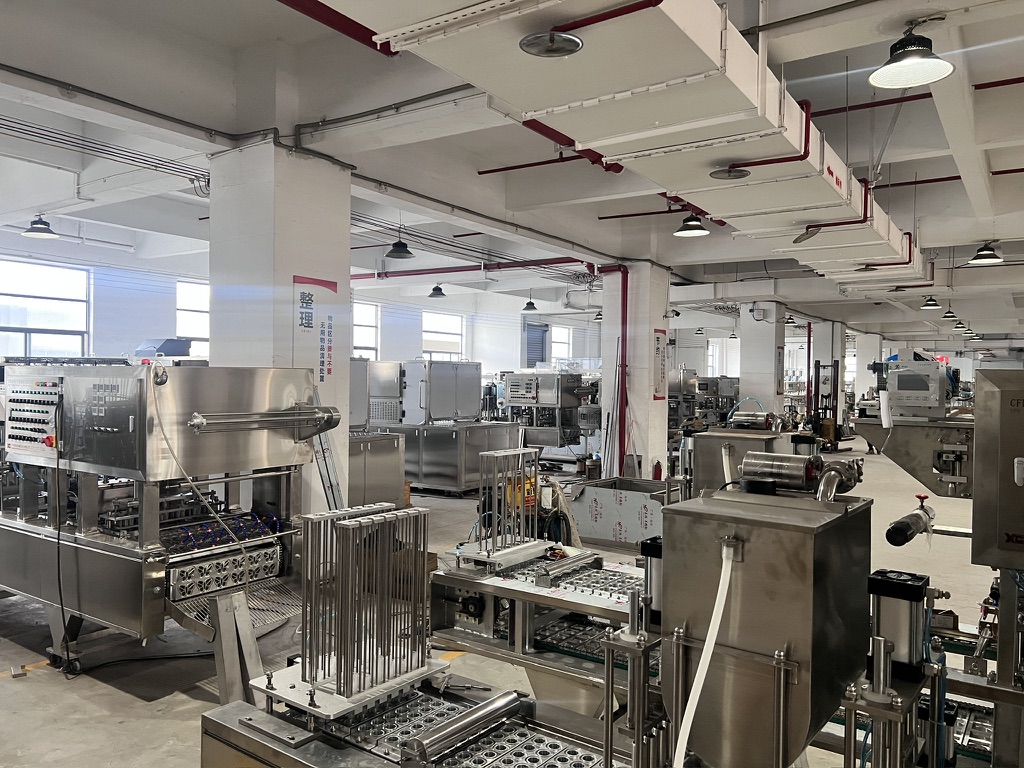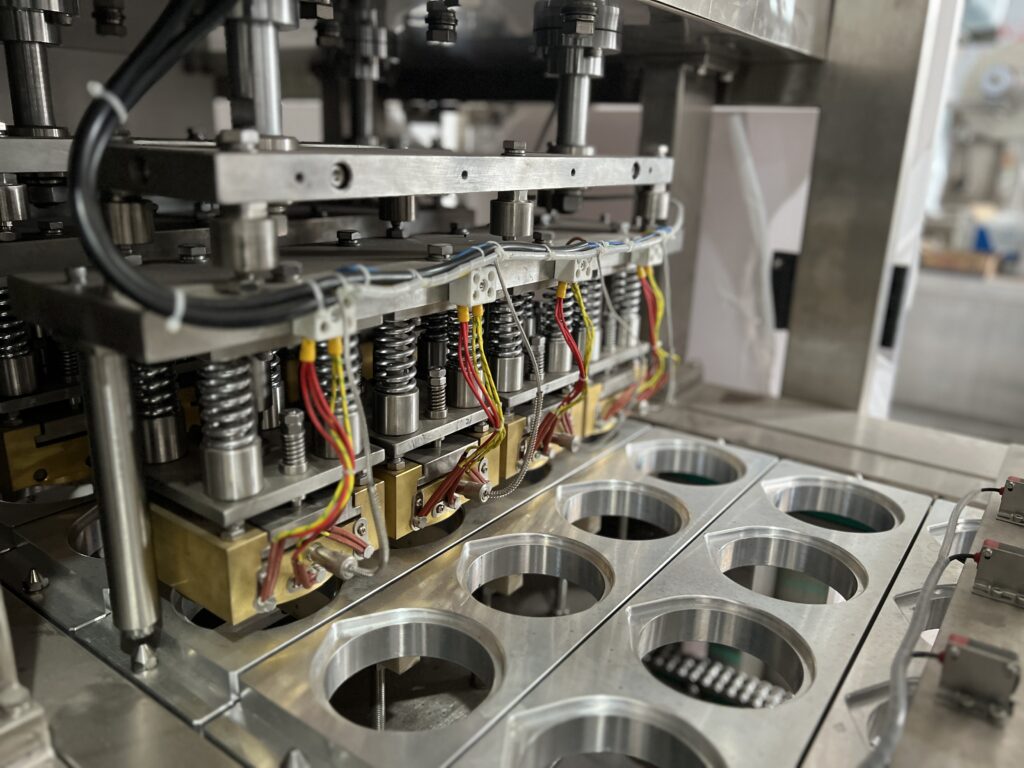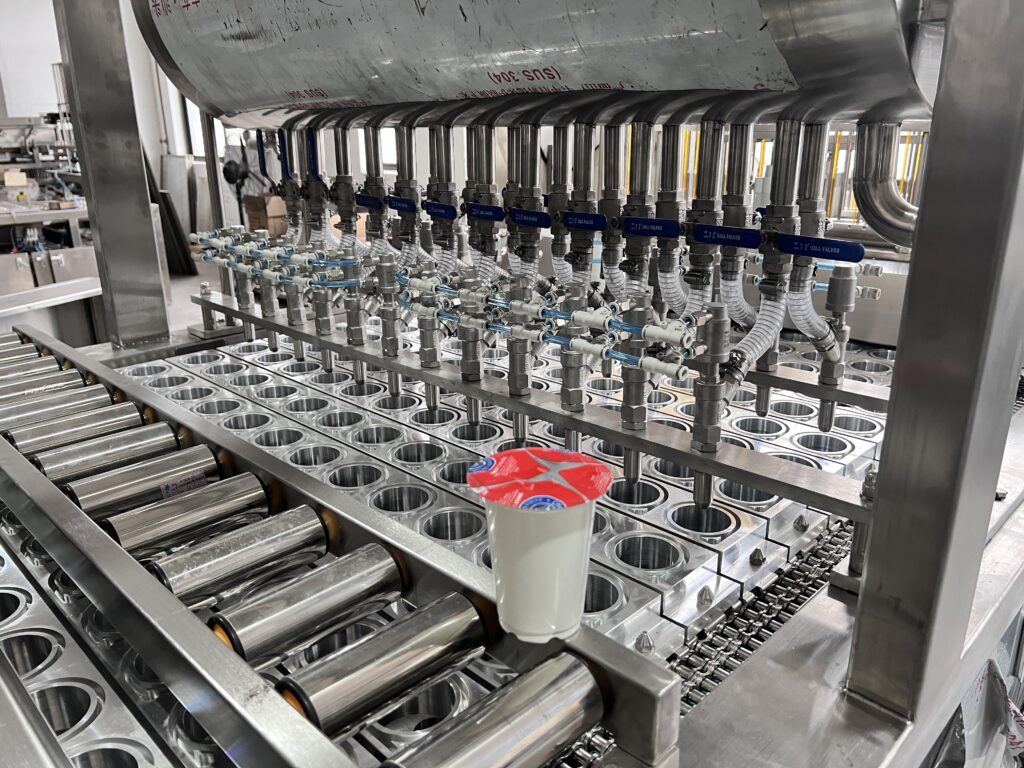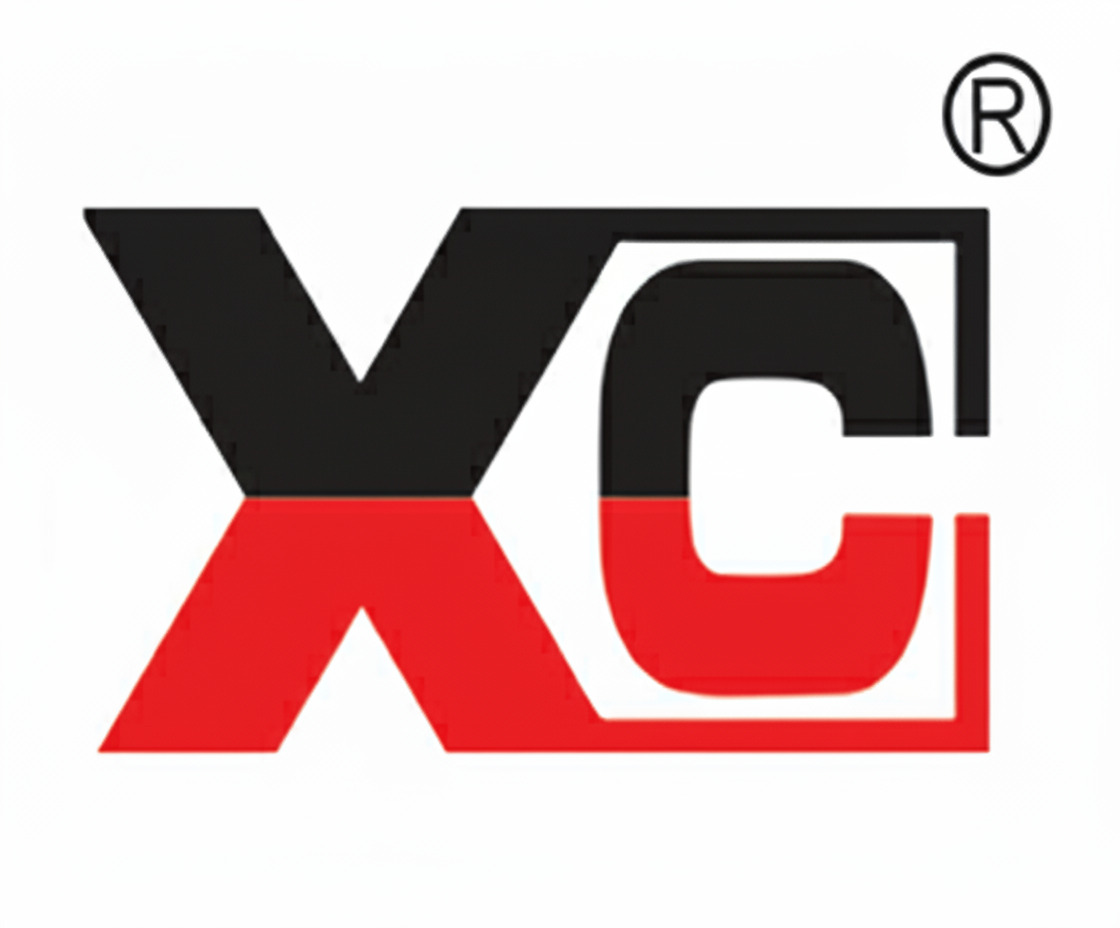Picking a new machine can be tough. Worried about making the wrong choice and wasting money? I’m here to help you find the perfect fit for your needs.
To choose the right cup filling and sealing machine, first, clearly define your product. Then, consider filling volume, sealing method, packaging material, and your budget. A good machine ensures a tight seal, accurate filling, high output, and suitable automation.

Choosing a machine might seem like a big task. But, if you break it down, it becomes much easier. Let’s walk through the important questions you should ask. This will help you get the machine that really works for your business.
How do I choose a sealing machine?
Confused by all the sealing machine options out there? Afraid of picking one that won’t seal your cups properly? I’ll guide you through making a smart selection.
To choose a sealing machine, look at what you’re sealing. Consider the cup material, the film type, and how strong the seal needs to be. Also, think about your production speed and budget.

When I first started in this business, many clients came to me unsure about sealing. They’d see a popular product in the supermarket, like a yogurt cup, and say, "I want to make that!" But the seal is so important. A poor seal means leaks, spoilage, and unhappy customers. You definitely don’t want that.
Key Factors for Sealing Machine Selection
The first thing I always ask is: "What are you putting in the cup?" and "What is the cup made of?" These two questions are the starting point.
- Product Compatibility: Is your product liquid, paste, or granules? Does it react with certain materials? This influences the type of sealing mechanism and sometimes the film. For example, hot-filled products need a seal that can withstand higher temperatures.
- Cup and Film Material: Common cup materials include PP, PET, PS, or paper. The sealing film must be compatible with the cup material to create a strong, peelable, or permanent seal. We often see clients needing to seal a specific printed film they’ve already sourced.
- Sealing Quality: You need a seal that is airtight and secure. Does it need to be easy for the end-consumer to peel, or should it be a stronger, more permanent seal? We always aim for a perfect seal – no leaks! I remember one client who had a machine from another supplier, and their main issue was inconsistent sealing, leading to a lot of wasted product. We helped them find a solution that provided consistent, strong seals.
- Production Speed (Capacity): How many cups do you need to seal per hour or per day? This will determine if you need a manual, semi-automatic, or fully automatic machine.
- Budget: This is a big one. More automation and higher precision usually mean a higher cost. It’s about finding the right balance for your current needs and future growth.
Here’s a simple table to help you think about it:
| Feature | Consideration | Why it Matters |
|---|---|---|
| Seal Type1 | Heat Seal, Induction Seal, Ultrasonic Seal | Compatibility with materials, desired seal strength |
| Automation | Manual, Semi-Auto, Fully-Auto | Production volume, labor cost, budget |
| Cup Material2 | PP, PET, PS, Paper, Aluminum | Determines compatible sealing film and temperature |
| Film Material3 | Lidding film compatible with cup | Ensures proper adhesion and seal integrity |
| Product | Liquid, paste, powder, granules; hot or cold fill | Influences sealing parameters and machine design |
Thinking through these points will really help narrow down your options for a sealing machine.
What are the different types of filling machines?
Feeling overwhelmed by terms like volumetric, piston, or auger fillers? Not sure which one is right for your product? I can help you understand the main types.
Different types of filling machines include liquid fillers, paste fillers, granule fillers, and powder fillers. The best type depends on your product’s consistency, viscosity, and the desired fill accuracy.

When clients come to us at Guangdong Xinchuang Machinery, one of the first things we discuss is the product itself. I once had a client who wanted to fill both a thin juice and a thick yogurt with the same machine without major changes. It took some discussion to explain why different products often need different filling mechanisms for optimal performance.
Understanding Filling Mechanisms
The "heart" of the filling machine is its filling system. The choice of system is critical for accuracy, speed, and product integrity.
-
Liquid Fillers:
- Gravity Fillers: These are simple and cost-effective for thin, free-flowing liquids like water or juice. The product flows from a tank above the containers, filling them by gravity.
- Piston Fillers: These are very versatile and accurate. A piston draws product into a cylinder and then dispenses it into the container. They are great for a wide range of viscosities, from thin liquids to thicker sauces or creams. At Xinchuang, many of our machines for yogurt, jelly, and sauces use piston fillers because of their accuracy.
- Pump Fillers (e.g., Lobe, Gear, Peristaltic): These use different types of pumps to move the product. They can handle various viscosities and are often used for products that need gentle handling or precise dosing. For example, peristaltic pumps are good for sterile filling as the product only touches the tubing.
-
Paste Fillers:
Often, piston fillers are used for pastes like tomato paste, jams, or thicker creams. The key is ensuring the product can be smoothly drawn into and dispensed from the cylinder. Sometimes, heated hoppers are needed for very thick pastes. -
Granule and Powder Fillers:
- Auger Fillers4: These use a rotating screw (auger) to dispense powders and granules like spices, coffee powder, or small snack pieces. They offer good accuracy for non-free-flowing powders.
- Volumetric Cup Fillers5: These use pre-set volume cups to measure and dispense free-flowing granules like nuts, rice, or small candies. They are simple and can be quite fast.
- Net Weigh Fillers6: For high accuracy with valuable products, net weigh fillers weigh the product before dispensing it. These are more complex and costly but offer the best precision.
Here’s a breakdown to consider for your product:
| Product Type | Common Filler Type(s) | Key Considerations |
|---|---|---|
| Thin Liquids (Juice, Water) | Gravity, Piston, Peristaltic Pump | Speed, cost, foaming potential |
| Viscous Liquids (Syrups, Sauces) | Piston, Lobe/Gear Pump | Viscosity handling, accuracy, drip control |
| Creams & Pastes (Yogurt, Jam) | Piston | Viscosity, accuracy, hopper design (sometimes heated) |
| Powders (Spices, Flour) | Auger | Flow characteristics (free-flowing vs. non-free-flowing) |
| Granules (Nuts, Snacks) | Volumetric Cup, Auger, Net Weigh | Particle size, consistency, desired accuracy, friability |
At Xinchuang, we tailor the filling system. For example, if a client wants to fill jelly with fruit pieces, we ensure the piston and nozzle design can handle the particulates without crushing them. It’s all about matching the machine to the specific product.
How many types of sealing machines are there?
Wondering about the different ways a cup can be sealed? Confused by terms like heat sealing or induction sealing? Let me explain the common sealing machine types.
There are several types of sealing machines, primarily categorized by their sealing method, such as heat sealing, induction sealing, and ultrasonic sealing, and by their automation level.
I remember a client in a developing country who was just starting their juice business. They had a limited budget but needed reliable seals. We discussed the different options, focusing on heat sealing because it’s effective and generally more affordable for cup applications. The key is understanding how these technologies work and which is best for your specific cup and film.
Exploring Sealing Technologies and Automation
The way a machine seals your cups is crucial for product safety and shelf life. Automation level also plays a big role in your production efficiency and costs.
-
Sealing Technologies:
- Heat Sealing7: This is the most common method for cups. A heated die presses the sealing film onto the lip of the cup. The heat activates an adhesive layer on the film, bonding it to the cup. It’s versatile for materials like PP, PET, and PS.
- Conductive Heat Sealing: Direct contact heating.
- Radiant Heat Sealing: Uses infrared or other radiant heat sources.
- Induction Sealing: This is often used for bottles but can be adapted for some cup applications, especially if a tamper-evident foil seal is needed inside a cap. An electromagnetic field heats a foil liner, sealing it to the container lip.
- Ultrasonic Sealing8: Uses high-frequency vibrations to generate heat at the interface between the film and the cup, creating a strong seal. It’s good for applications where contamination of the seal area might be an issue, but it’s generally more expensive.
- Cold Sealing: Uses pressure-sensitive adhesives that don’t require heat. Less common for primary food packaging that needs a strong, hermetic seal.
- Heat Sealing7: This is the most common method for cups. A heated die presses the sealing film onto the lip of the cup. The heat activates an adhesive layer on the film, bonding it to the cup. It’s versatile for materials like PP, PET, and PS.
-
Automation Levels:
- Manual Sealers: The operator places the cup, pulls down a lever or presses a button to seal, and then removes the cup. Suitable for very small production or lab testing.
- Semi-Automatic Sealers: The operator places the cup(s) into the machine. The machine then automatically performs the sealing cycle (and sometimes film cutting/advancing). The operator removes the sealed cups. These are a good step up for growing businesses. Many of our clients start here.
- Fully Automatic Sealers: These machines handle everything: cup dropping (denesting), filling, film placing, sealing, cutting, and ejecting the finished product. They are integrated into production lines and offer high speeds (from 2,000 up to 70,000 pcs/hour depending on the model, like some of our high-capacity Xinchuang machines).
Here’s how these factors might relate:
| Sealing Method | Common Materials | Pros | Cons | Typical Automation |
|---|---|---|---|---|
| Heat Sealing | PP, PET, PS, Paperboard | Cost-effective, versatile, good seal strength | Requires precise temperature control | Manual to Fully Auto |
| Induction Sealing | Most plastics, Glass (with foil liner) | Tamper-evident, fast, clean | Requires foil liner, higher initial cost | Semi to Fully Auto |
| Ultrasonic Sealing | Thermoplastics | Strong seal, can seal through contaminants | Higher cost, can be slower for some | Semi to Fully Auto |
When we talk about a "good" machine, as mentioned in my insights, it needs "好的加工精度与和 好的,电器元件支持" (good processing precision and good electrical component support). This is especially true for the sealing station. Consistent temperature, pressure, and dwell time are vital for heat sealing, and this relies on quality components and precise manufacturing. The higher the automation, the more critical these elements become to ensure high output without compromising seal integrity. Your budget will, of course, influence how much automation and what type of advanced components you can opt for.
Conclusion
Choosing the right machine means defining your product and needs first. Consider fill volume, seal type, materials, and your budget for the best investment for your company.
-
Understanding seal types is crucial for selecting the right packaging solution that meets your product’s needs. ↩
-
Exploring cup materials helps in choosing the best option for compatibility and performance in packaging. ↩
-
Learning about lidding film is essential for ensuring proper adhesion and seal integrity in your packaging process. ↩
-
Explore this link to understand the mechanics and applications of Auger Fillers in various industries. ↩
-
Learn about Volumetric Cup Fillers and how they can enhance efficiency in packaging processes. ↩
-
Discover the significance of Net Weigh Fillers for precision in packaging valuable products. ↩
-
Explore this link to understand the mechanics and applications of Heat Sealing, a crucial technology in packaging. ↩
-
Learn about Ultrasonic Sealing technology and its benefits in creating contamination-free seals. ↩


